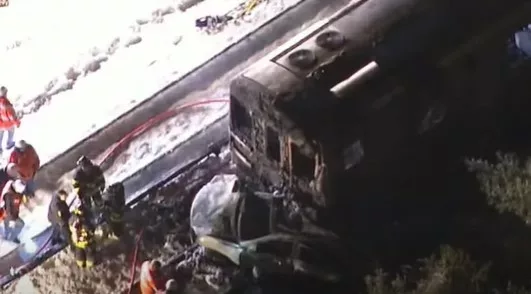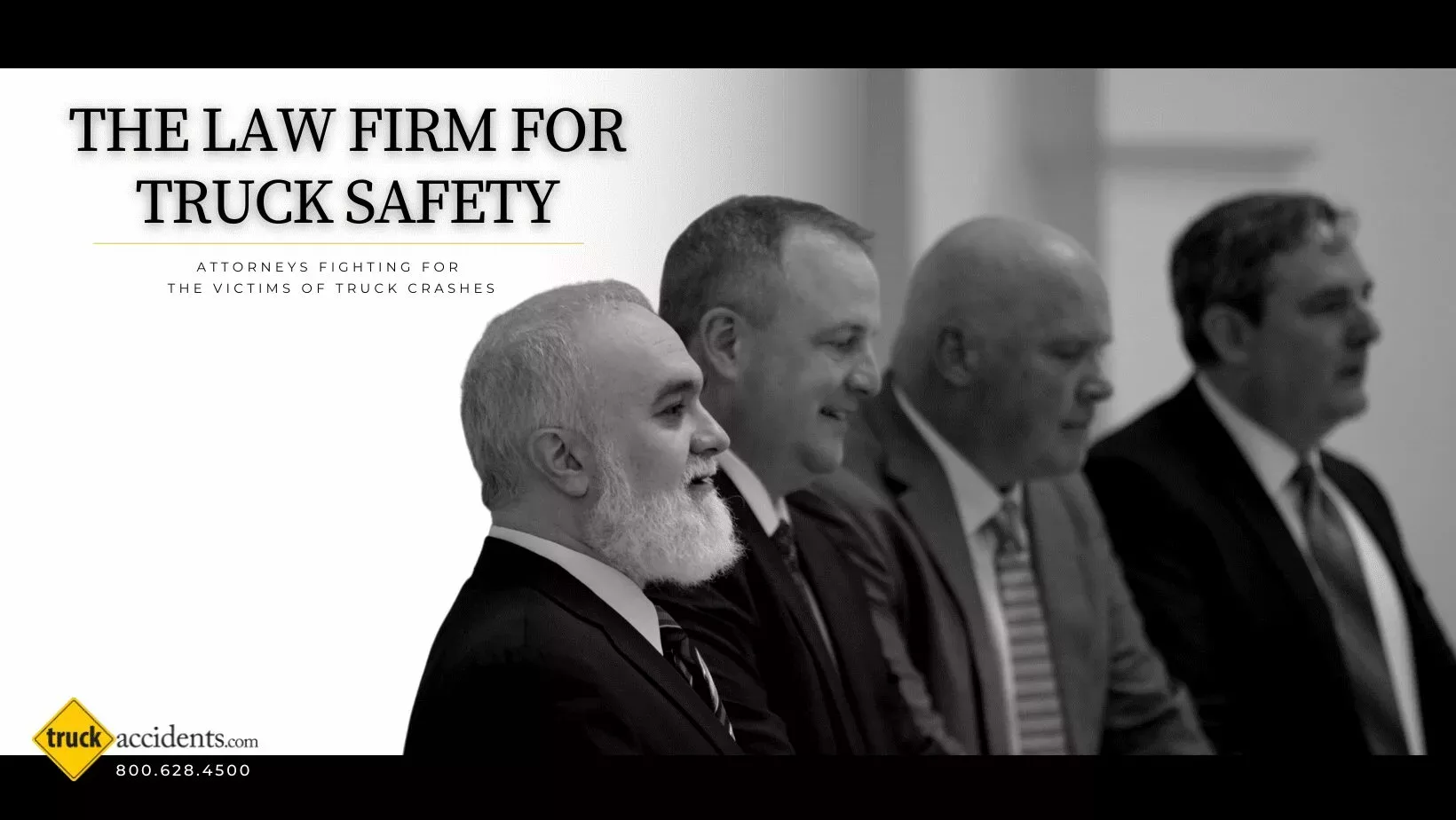Federal investigators are currently investigating the deadliest accident in the 32-year history of the Metro-North system, which carries about 285,000 passengers a day along NYC’s northern suburbs.
According to the Metropolitan Transportation Authority, last week an SUV stopped on the tracks in suburban New York when a railroad crossing gate came down on top of it. Ellen Brody, the SUV driver, then got out, checked the vehicle’s rear, got back in and started to drive forward when the train slammed into her vehicle at 58 miles per hour, the agency said.
That fatal collision then sparked a deadly eruption of flames and twisted metal that claimed the lives of six people. This included five passengers aboard the train and the driver of the car. Fifteen people were also treated for injuries—some serious.

Pictured: Metro-North train crash involving SUV (Courtesy: CBS New York/YouTube)
That fatal collision then sparked a deadly eruption of flames and twisted metal that claimed the lives of six people. This included five passengers aboard the train and the driver of the car. Fifteen people were also treated for injuries—some serious.
Nearly a week after the collision, the circumstances of the accident remains under investigation. A lot of questions are still unanswered—including why the driver of the SUV parked on the tracks to begin with.
Of course, train collisions are without a doubt horrible for everyone involved. However, what is often overlooked is the danger to the train crew. I have represented many engineers and conductors who were injured when a truck or car, like in the Metro-North case, stupidly pulled in front of a train.
That’s why there are rules in place to prevent these tragedies from happening. Under federal regulation, commercial motor vehicle drivers cannot pass a railroad grade crossing without first stopping within 50 feet (no closer than 15 feet) of the track.
Once stopped, the driver is then required to listen and look for an approaching train. When it is safe to do so, the driver can proceed over the tracks but without shifting gears.
Referrals & Co-Counsel
Involved in a Crash?
No other law firm knows trucks quite like us. Our trucking law expertise and trial experience allow us to win multi-million-dollar results year after year.
Our team of truck accident attorneys works tirelessly to help your family find justice in the wake of a catastrophic truck crash.
Referrals & Co-Counsel
No other law firm knows trucks quite like us. Our trucking law expertise and trial experience allow us to win multi-million-dollar results year after year.
Involved in a Crash?
Our team of truck accident attorneys works tirelessly to help your family find justice in the wake of a catastrophic truck crash.
It’s important to note that certain categories of trucks, such as hazardous materialsAny item or agent (biological, chemical, physical) that has the potential to cause harm to humans, animals, or the environment, either by itself or through interaction with other factors. Can be referred to as HAZMAT. and school buses, must stop at ALL railroad crossings—no matter what.
According to the National Transportation Safety Bureau, about every 115 minutes, a person or vehicle is hit by a train in this country. Remember. Trains have the right of way over emergency vehicles, cars, the police and pedestrians 100 percent of the time. So when approaching railroad crossings, always use caution. It could not only save your life but the lives of those around you, too.
Related posts:
No related posts.

